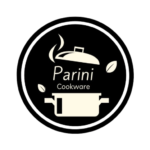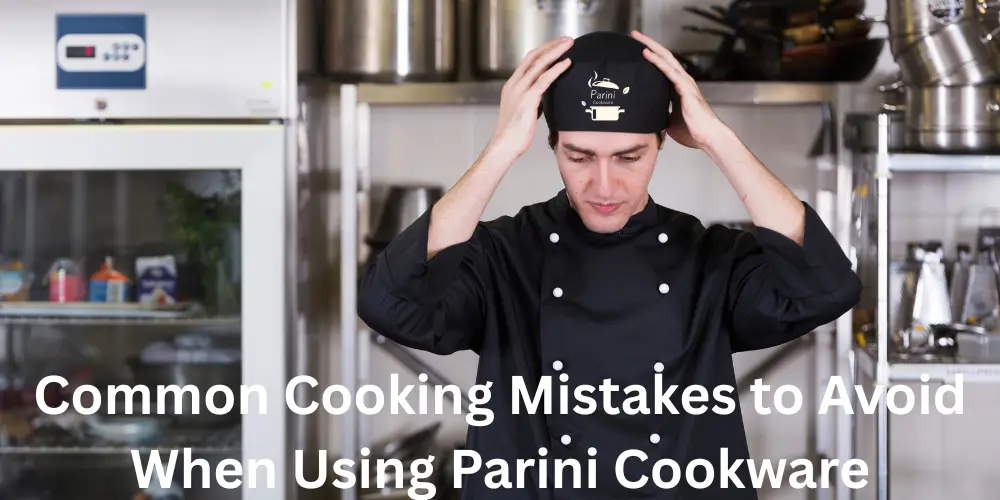Cooking with Parini Cookware can make your time in the kitchen much easier and more enjoyable. Known for its stylish design, even heat distribution, and long-lasting performance, Parini pots and pans are great for both beginners and experienced cooks. However, even the best cookware can wear out or perform poorly if not used correctly. In this guide, we’ll look at the most common cooking mistakes people make when using Parini Cookware and how to avoid them. By learning these small but important details, you’ll keep your cookware in great shape and make every meal a success.
Common Cooking Mistakes to Avoid When Using Parini Cookware
Even with high-quality Parini Cookware, certain mistakes can reduce its performance or lifespan. Avoiding these common issues will help you cook better and make your cookware last for years. Let’s go over some practical tips to keep your Parini pots and pans in their best condition.
1. Preheating on High Heat
One of the most frequent mistakes is preheating Parini Cookware on high heat. Many people think high heat means faster cooking, but it can damage the nonstick surface and warp the pan over time. Instead, preheat on medium or medium-low heat. Parini Cookware is designed to distribute heat evenly, so it doesn’t need high temperatures to perform well.
2. Using Metal Utensils
Using metal spoons or spatulas might seem harmless, but they can easily scratch or chip the nonstick coating. Once that surface is damaged, food will start sticking, and your pan won’t last as long. Always use wooden, silicone, or nylon utensils with your Parini Cookware. These materials protect the coating and keep your pans looking like new.
3. Overcrowding the Pan
When you try to cook too much food at once, it lowers the pan’s temperature and prevents even cooking. Overcrowding also leads to soggy or unevenly browned food. To get the best results from your Parini Cookware, cook in small batches and give your ingredients enough space to sear or crisp properly.
4. Washing While the Pan is Hot
Putting a hot Parini pan directly under cold water can cause thermal shock, leading to warping or cracking. Always let your cookware cool down before washing it. This small step goes a long way in keeping your pots and pans in good shape.
5. Using Harsh Cleaners or Steel Wool
Another big mistake is scrubbing with steel wool or using abrasive cleaning products. These can scratch the surface and remove the protective nonstick layer. For best care, wash your Parini Cookware with a soft sponge, warm water, and mild dish soap. If you have tough residue, soak the pan for a few minutes instead of scrubbing.
6. Ignoring Proper Storage
Stacking your Parini pots and pans without any protection can cause scratches and dents. If you need to stack them, place a soft cloth or paper towel between each piece. Proper storage helps maintain both the look and performance of your cookware.
7. Cooking Sprays and Nonstick Oils
Using aerosol cooking sprays can build up a sticky residue that’s hard to clean and can damage the nonstick coating. Instead, use a small amount of butter or regular cooking oil. Parini Cookware’s surface is designed to work well with minimal oil, so you don’t need much to cook efficiently.
8. Not Following Oven Safety Guidelines
Not all Parini Cookware pieces are oven-safe, and some have temperature limits. Always check the manufacturer’s guidelines before placing any cookware in the oven. Overheating can damage handles or ruin the nonstick coating.
FAQs
1. Can I use Parini Cookware on induction stoves?
Some Parini Cookware sets are compatible with induction cooktops, but not all. Check the product label or base of the pan for the induction symbol to confirm.
2. How should I clean burned food from Parini Cookware?
Soak the pan in warm, soapy water for about 20 minutes. Then use a soft sponge or nylon brush to gently scrub off any residue. Avoid steel wool or harsh cleaners.
3. Is Parini Cookware dishwasher safe?
While some pieces are labeled dishwasher safe, handwashing is always better. It helps maintain the nonstick coating and extends the life of your cookware.
4. Can I use Parini Cookware on high heat?
It’s best to avoid high heat. Medium or medium-low settings are enough for most cooking needs and help prevent damage to the nonstick surface.
5. How can I store Parini Cookware properly?
Store your pans with a soft cloth or paper towel between them to prevent scratches. Hanging them on a rack is also a great option if you have space.
Conclusion
Parini Cookware is built to make cooking simpler, cleaner, and more enjoyable. However, like any quality kitchen tool, it performs best when treated with care. By avoiding common cooking mistakes, such as using high heat, metal utensils, or harsh cleaners, you’ll keep your cookware in excellent condition and achieve better results every time you cook. With a little attention to detail, your Parini pots and pans can stay reliable for years, helping you create delicious meals with confidence.

